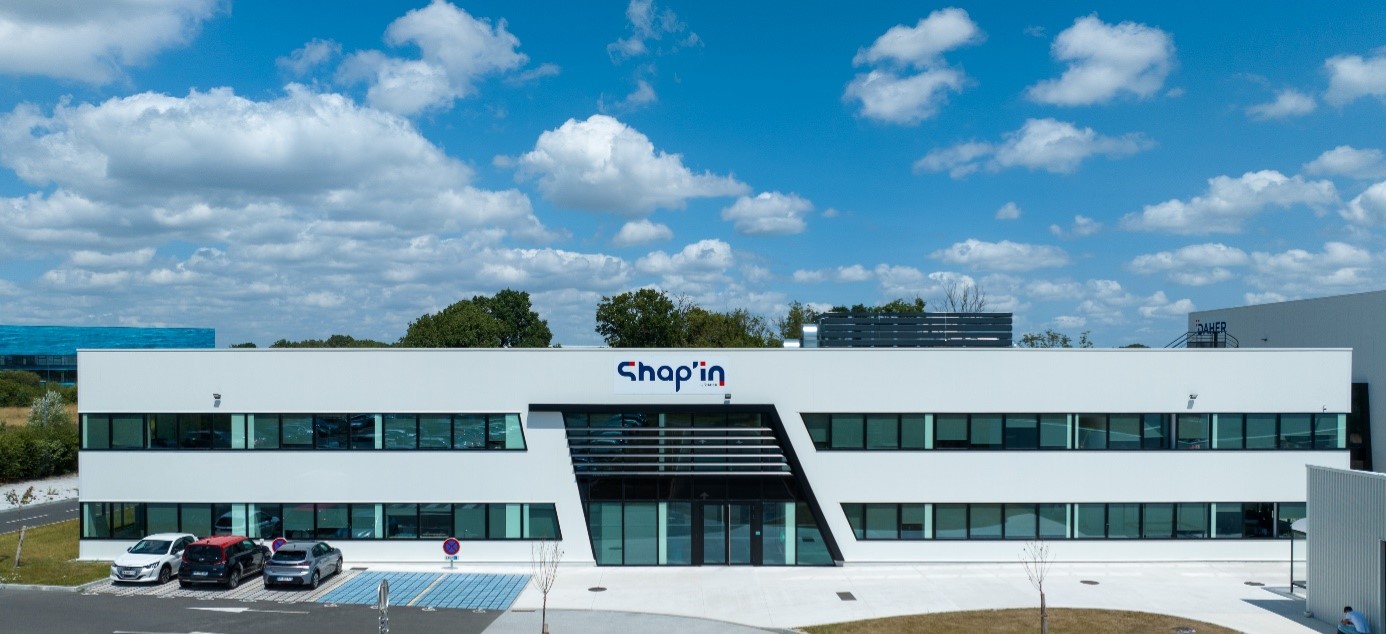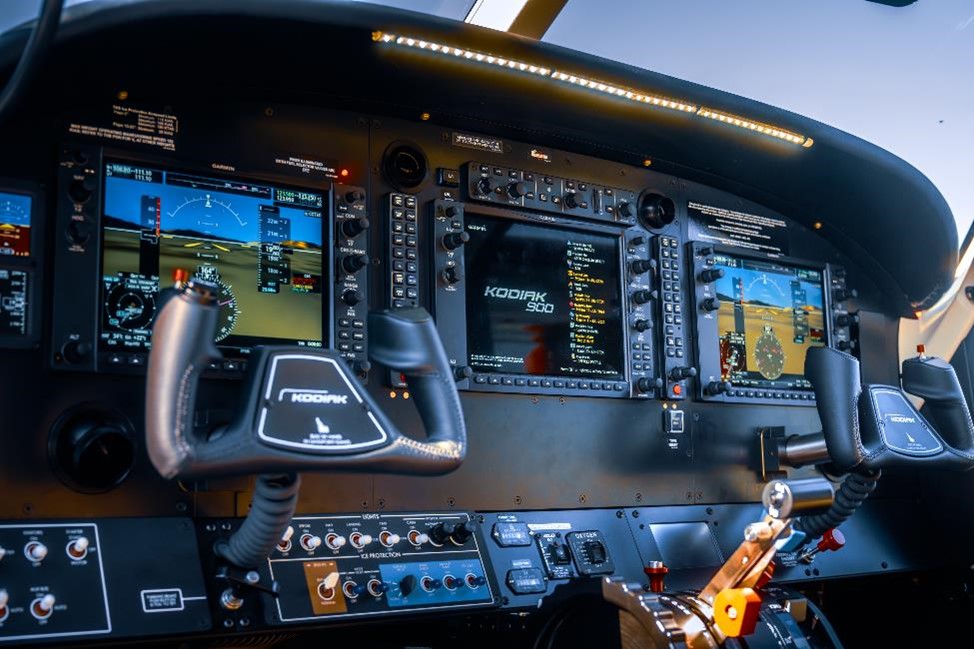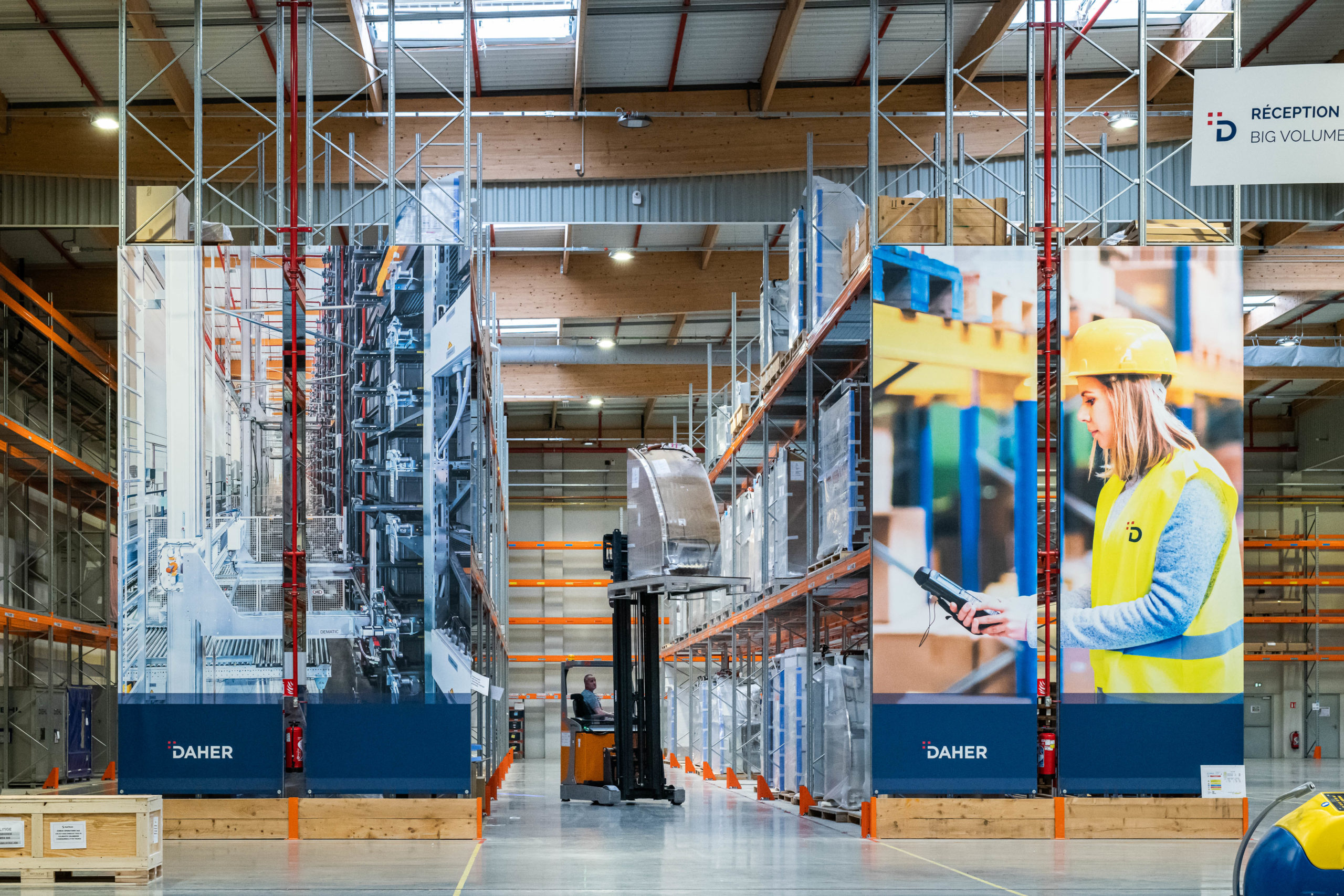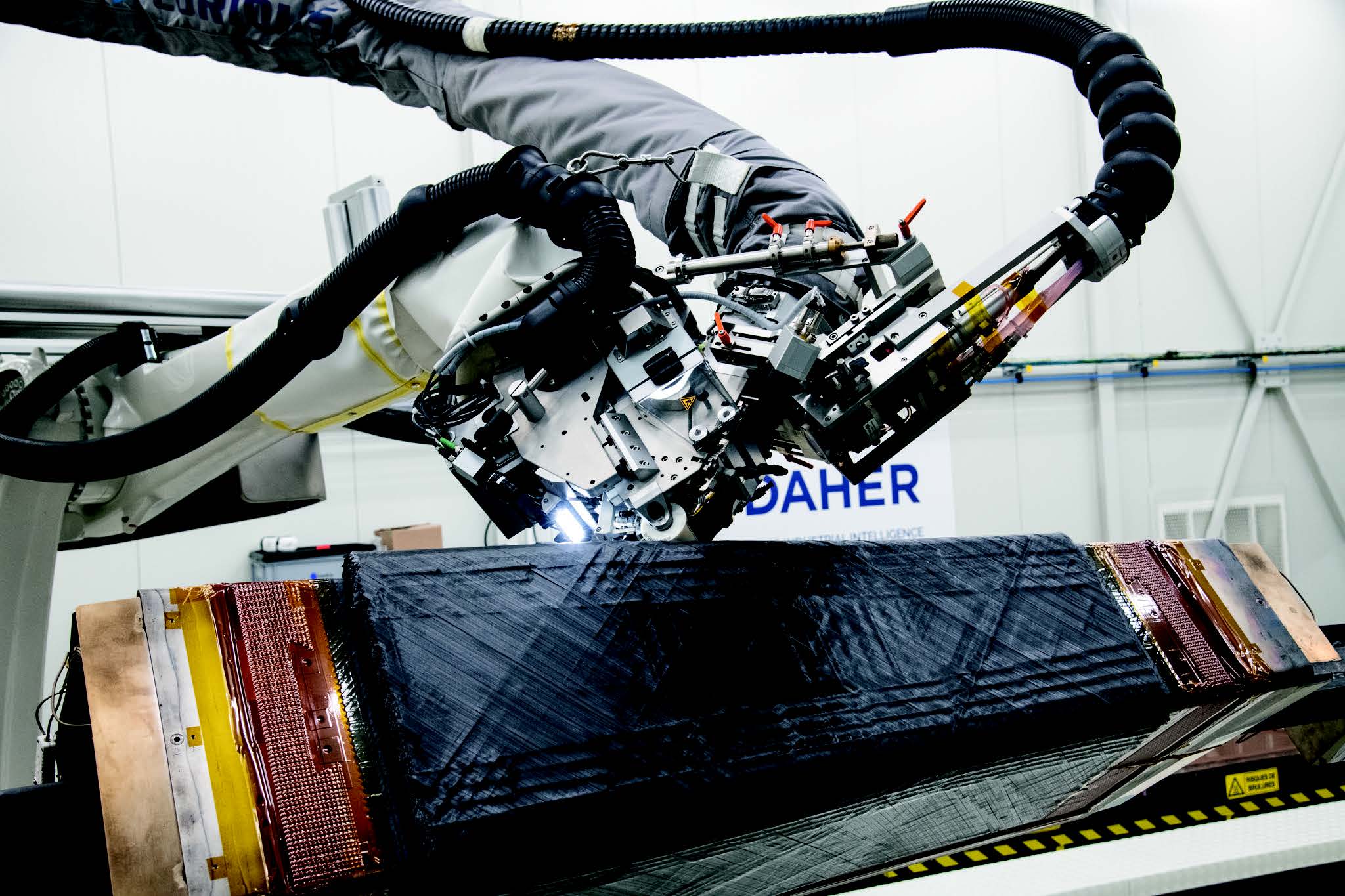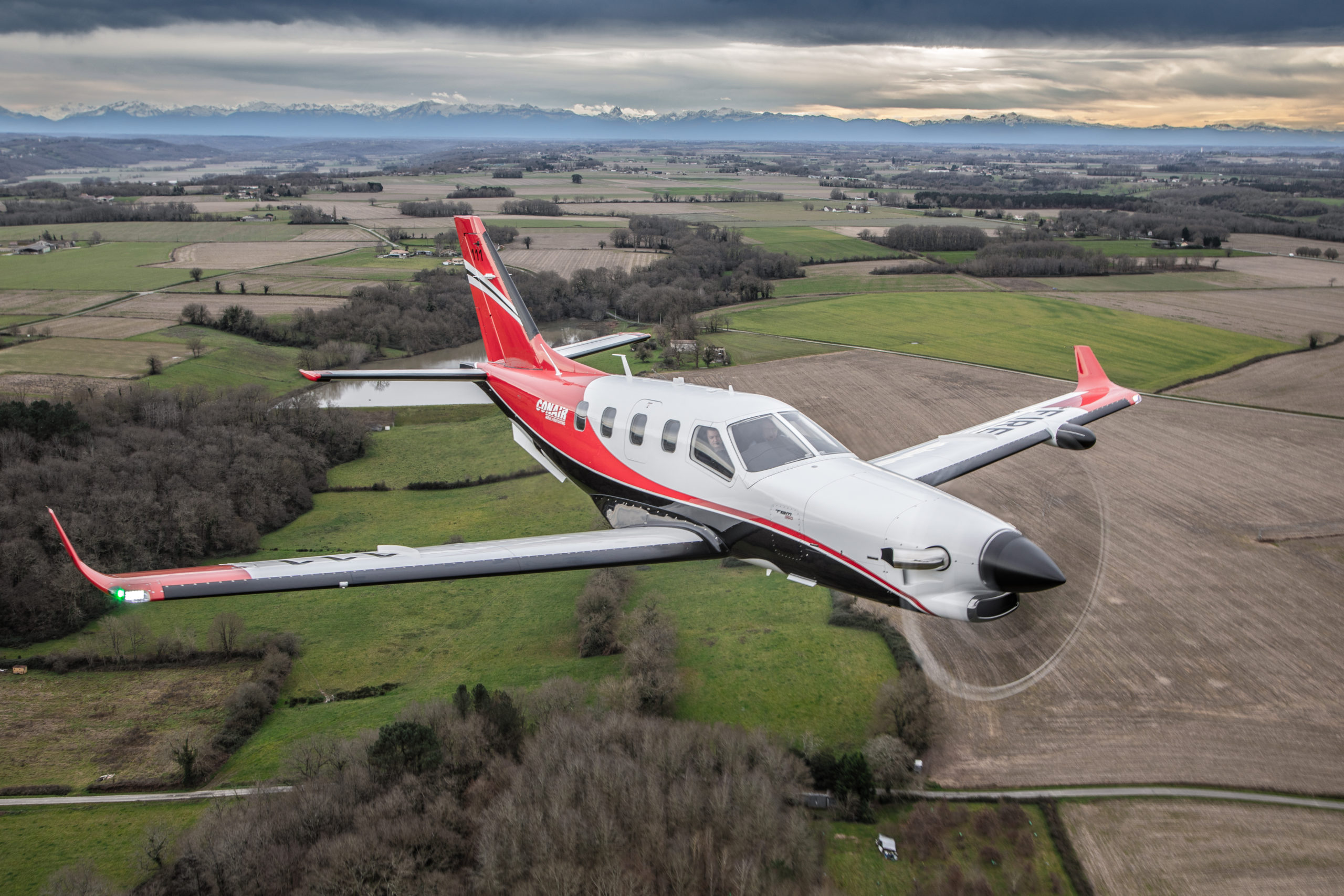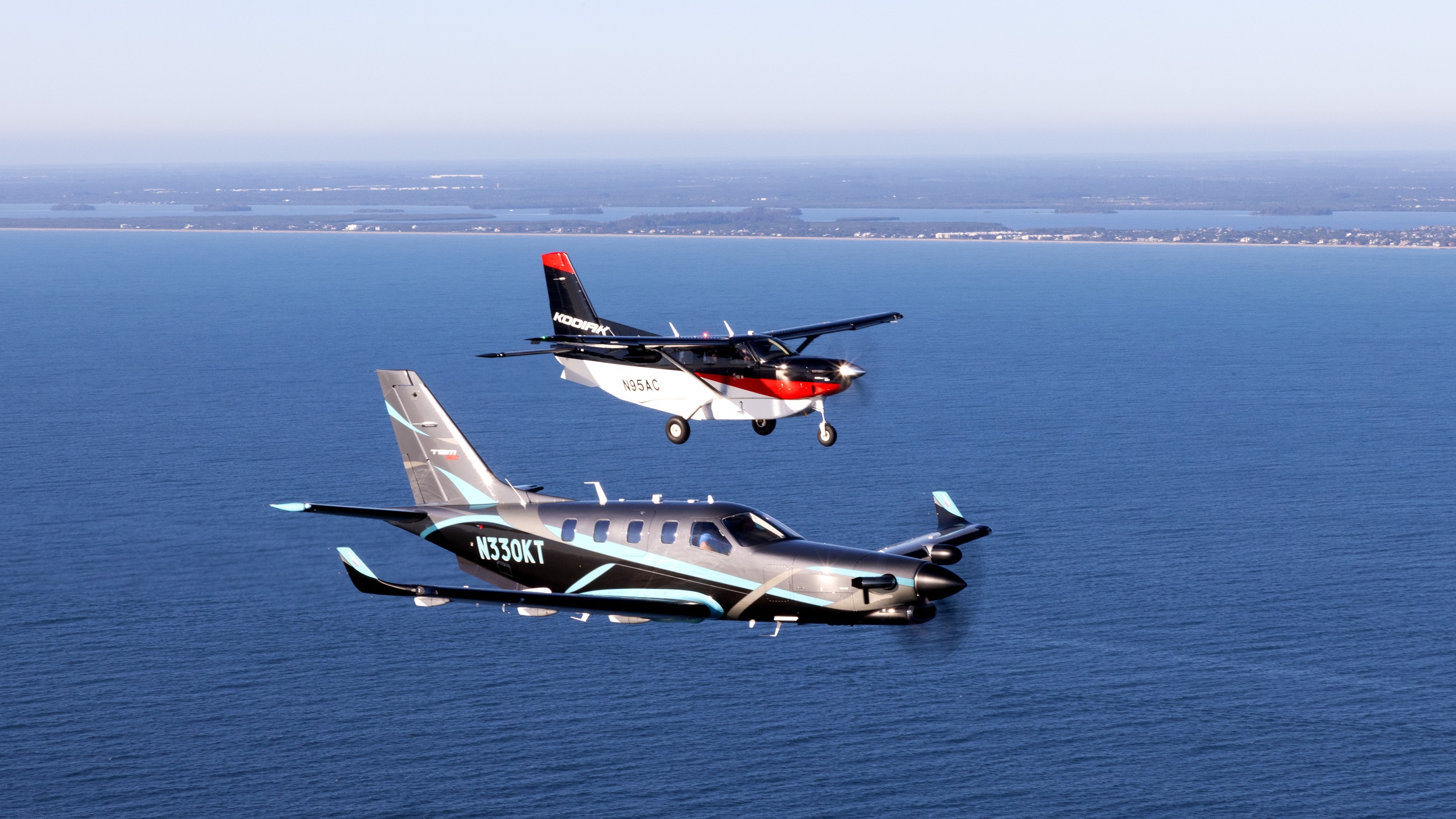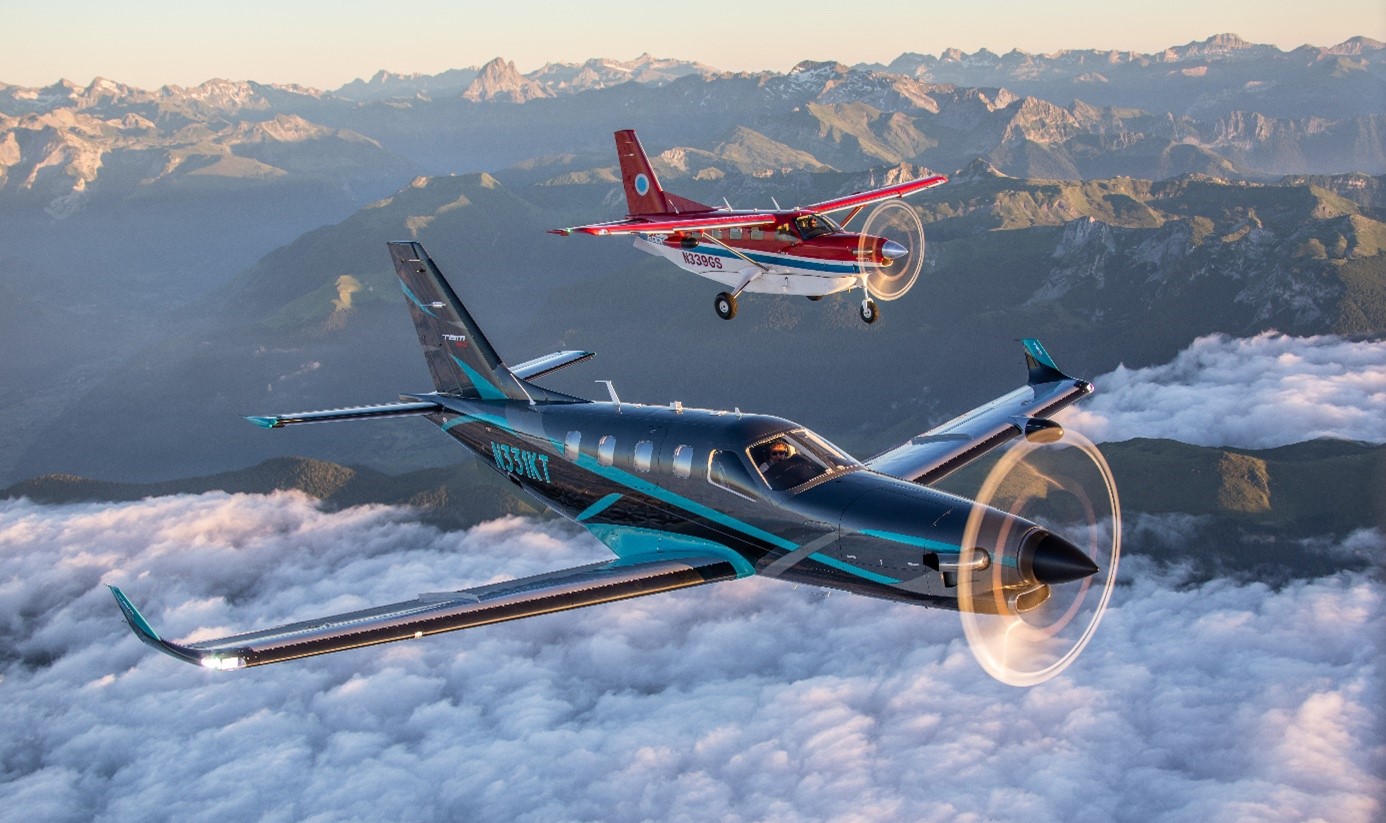Paving the way for electric powered flight

EcoPulse is a Distributed Hybrid-Electric Propulsion aircraft demonstrator jointly developed by Airbus, Daher and Safran. Based on Daher’s TBM light-aircraft platform, this project kick-started in 2019 with an announcement at Le Bourget, supported by CORAC* (the French Civil Aviation Research Council) and co-funded by the French Government* and the EU*. The objective is to advance technology “techno-bricks” which could contribute to the decarbonization efforts of the aviation industry. In particular, the demonstrator will evaluate the advantages of distributed propulsion, onboard overall energy efficiency (fuel reduction) and high-voltage electrical propulsion and battery in terms of their potential for integration on future aircraft.
In a previous article last year on the EcoPulse demonstrator we learnt about the development of the high voltage battery to be ready for integration in this test aircraft. Since then, the project’s collaborative teams at Daher, Safran and Airbus have been busy preparing the aircraft’s final aerodynamic and systems configuration – in particular relating to the six distinctive electric propellers (or e-Propellers) mounted on the wing’s leading edge as well as the novel on-board electrical distribution, propulsion and flight control systems. These latest steps further pave the way for the demonstrator’s first appearance in public at the Paris Air Show and subsequent flight powered by electricity only, later this year.

Current status: preliminary aerodynamic testing
Since the start of this year Daher, the TBM aircraft’s manufacturer, has conducted test flights at its development base in Tarbes, France, with the e-Propellers (unpowered at this stage) supplied by Safran. These took place progressively, starting with two, then four, then with all six e-Propellers attached. Each of these units features a three-bladed propeller supplied by DUC Propellers attached to an innovative 50 kW “ENGINeUS” electric motor housed in a pod immediately behind.
This preliminary flight testing has allowed the test pilots to fly the demonstrator aircraft, powered by the legacy turboprop engine in the nose, to focus their attention initially on the aerodynamics, the added inertia and other effects of the pods and their propellers on the platform’s overall resulting handling characteristics. This phase thus brings the project an important step closer to a distributed hybrid electric flight later this year, which will use the six activated wing-mounted e-Propellers.

Subsequent goal: Demonstrating “Distributed Electric Propulsion” in flight
Once the demonstrator does fly with electric mode activated later this year, it will mark the point when the project’s ‘raison-d’être’ – Distributed-Electric-Propulsion (DEP) – will really come to life for the first time. In essence DEP means that a single independent electrical power source, or a mix of them, can provide power for several engines distributed throughout the aircraft.
In the case of EcoPulse, the new integrated high-voltage (around 800VDC) battery, supplied by Airbus jointly provides power for all six electric motors with the compact onboard 100 kW turbogenerator provided by Safran, which contains a compact gas turbine coupled to an electrical generator. Airbus’ challenge for developing the battery was to make it lightweight, compact, with very high power and energy density, as well as being compliant with environmental regulations (EU’s REACH etc.) and safe in operation.
At the heart of the DEP architecture is a Power Distribution and Rectifier Unit (PDRU) which is responsible for protecting the high-voltage network and for distributing the available electrical power, as well as high-voltage power harnesses, both developed by Safran.
DEP also allows for differential control of the thrust. In other words the electric motors will be controlled individually by the Flight Control Computer (FCC), developed by Airbus, to perform lateral control (thus reducing reliance on a large physical tail rudder and/or ailerons, potentially reducing weight and drag), as well as speed control tasks.
Meanwhile, Daher has provided some cockpit modifications which allow the pilot to simply engage the various DEP modes (such as torque control or speed control) via a special new panel and then fly the aircraft using throttle for power (comprising simply left and right throttle levers – one for each wing); and a sidestick to control the aircraft’s overall direction and trajectory.
The big advantage for pilots is that they will not have to think about what each e-Propeller and/or flight control surface is doing in real-time – either in isolation or in combination – since that aspect is all taken care of by the FCC logic. They simply have to tell the aircraft what they want it to do – via the flight controls.
Another useful feature is that unlike traditional gas turbine aero-engines (eg. turboprops), the angular displacement of each e-Propeller’s rotor can be precisely monitored and governed digitally (down to one single degree!). This allows each propeller to be automatically synchro-phased relative to the adjacent ones to minimise noise and vibration during flight. This aspect, which is another key technological ‘brick’, will be explored in the forthcoming flight test campaign with the DEP activated. Overall, EcoPulse is an excellent opportunity for the partners to evaluate and determine the characteristics expected for future hybrid-powered aircraft projects.

Next stop: Paris Air Show 2023
Following the latest preliminary flight tests with the six pods (unpowered), the teams will prepare the full installation, activation and ground testing of the high-voltage power train, including the turbogenerator, battery and the operational e-Propellers. Subsequently, the real EcoPulse demonstrator is making its first public appearance, showing its final external configuration at this year’s Paris Air Show at Le Bourget. Show visitors can see EcoPulse ‘up close’ at the static display’s “Paris Air Lab” stand. Then some time later this year the demonstrator is expected to make its flight with DEP fully engaged. So stay tuned!
*The EcoPulse is project is supported by CORAC (the French Civil Aviation Research Council), and co-funded by DGAC (The French Civil Aviation Authority) through France Relance and NextGeneration EU.
